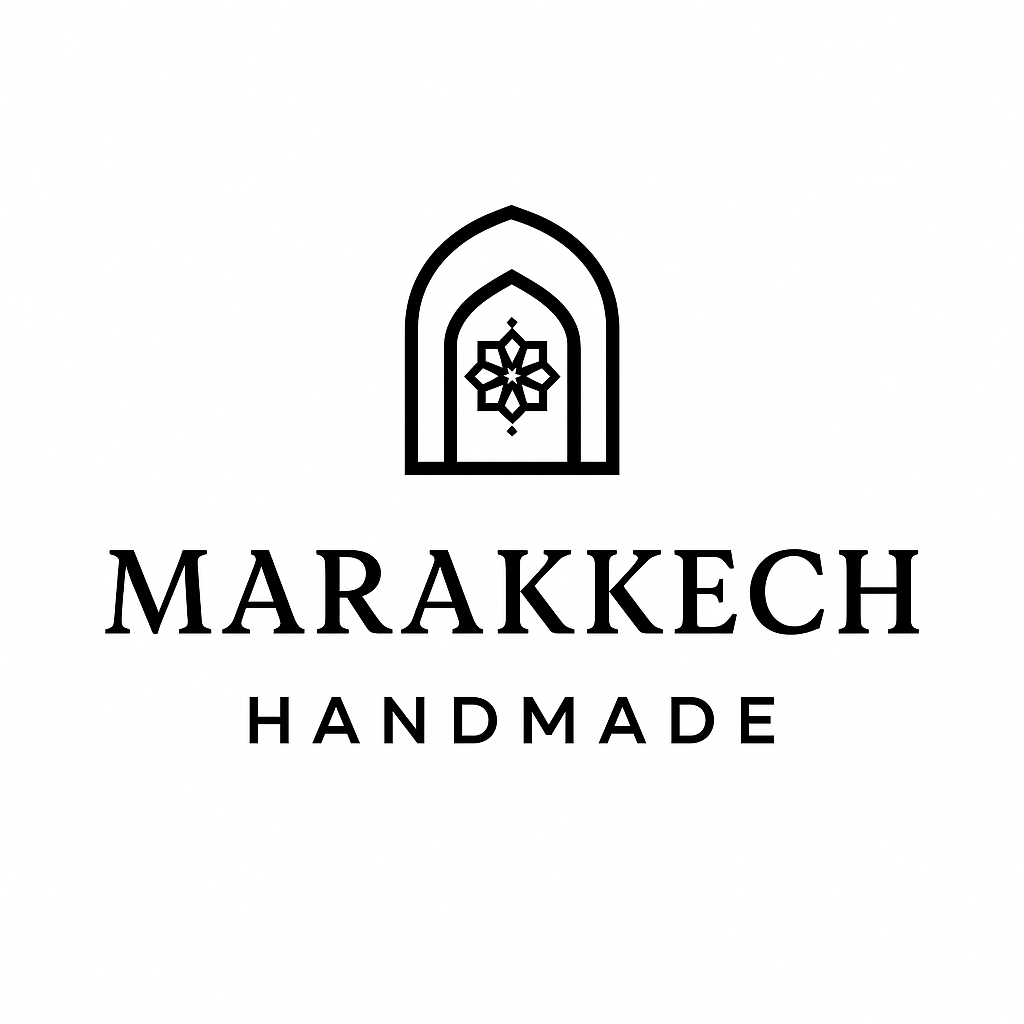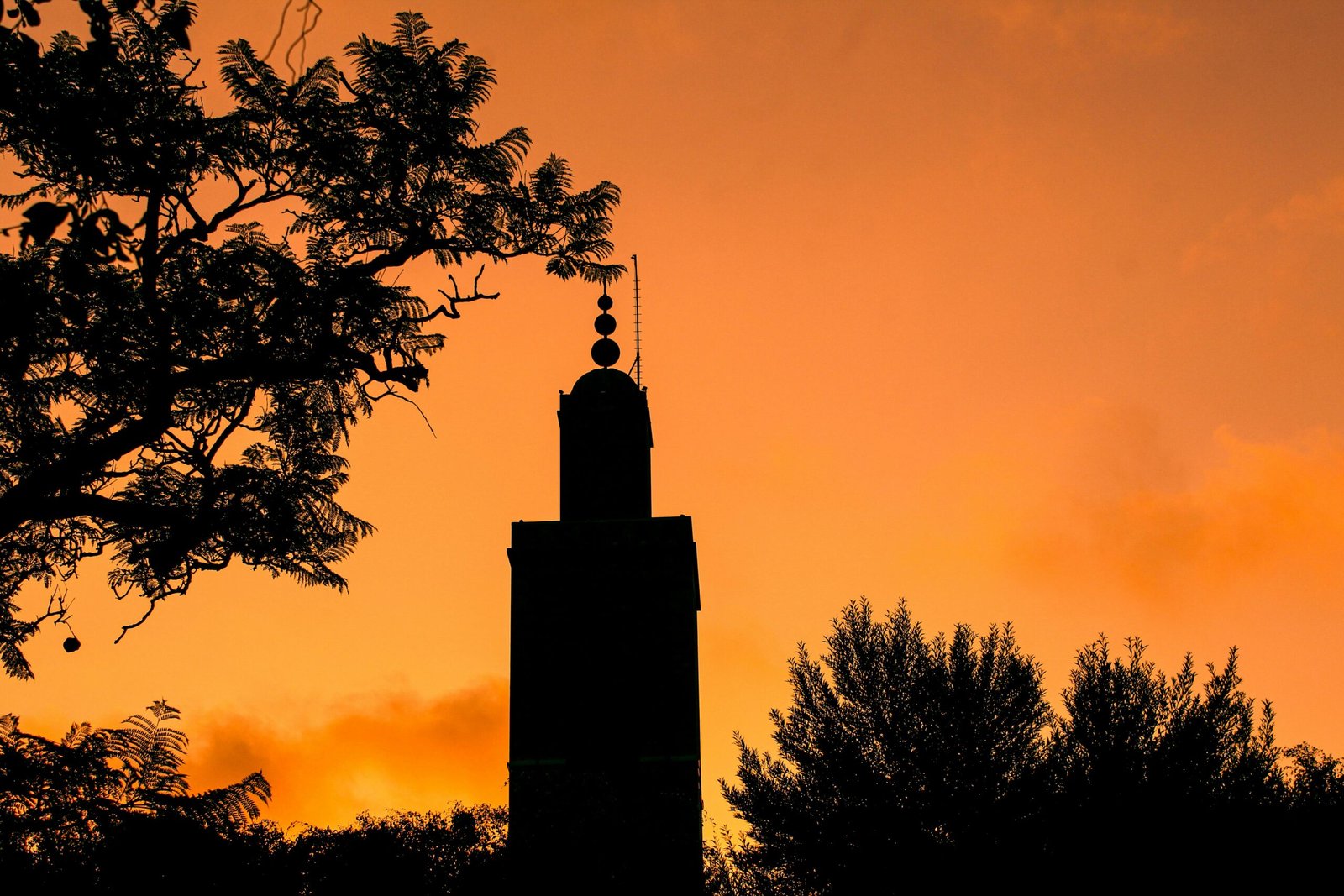
Berber Rugs & Carpets
“Threads of the Atlas, woven with history.”
Marrakech is famous for its vibrant Berber rugs, woven by hand with unique tribal designs and rich colors that tell stories of Moroccan heritage.
The Heritage of Berber Rugs
Berber rugs, known locally as Taznakht, Azilal, or Boucherouite, are more than just floor coverings—they are living pieces of Moroccan history. Handwoven by the Amazigh (Berber) women of the Atlas Mountains, each rug tells a story, combining local natural materials, dyes, and centuries-old techniques passed down through generations.
Traditionally, wool from sheep raised in the Atlas foothills is carefully washed, carded, and spun by hand. The dyes are entirely natural, extracted from plants, roots, and sometimes minerals, producing vibrant reds, earthy browns, deep blues, and sunny yellows. Every knot carries meaning: geometric symbols depict tribal identity, protection, fertility, and local folklore.
Geographically, these rugs originate from various regions: the High Atlas, Middle Atlas, and Souss Valley, each with distinctive patterns reflecting the surrounding landscapes and local customs. Beyond their artistic value, Berber rugs have always played a social and cultural role—used in homes, weddings, and ceremonies, representing hospitality, family, and the warmth of Moroccan life. Visitors to Marrakech and nearby villages often experience firsthand the generosity and pride of the artisans, as they share their craft, their stories, and sometimes invite travelers into their homes to see the weaving process.
Every rug is unique, embodying not only the material and technical mastery but also the traditions, social structures, and artistic expressions of Berber communities. Owning a Berber rug is like holding a piece of Moroccan heritage—an intersection of history, geography, art, and hospitality woven into every fiber.
Berber Rugs: Materials and Techniques
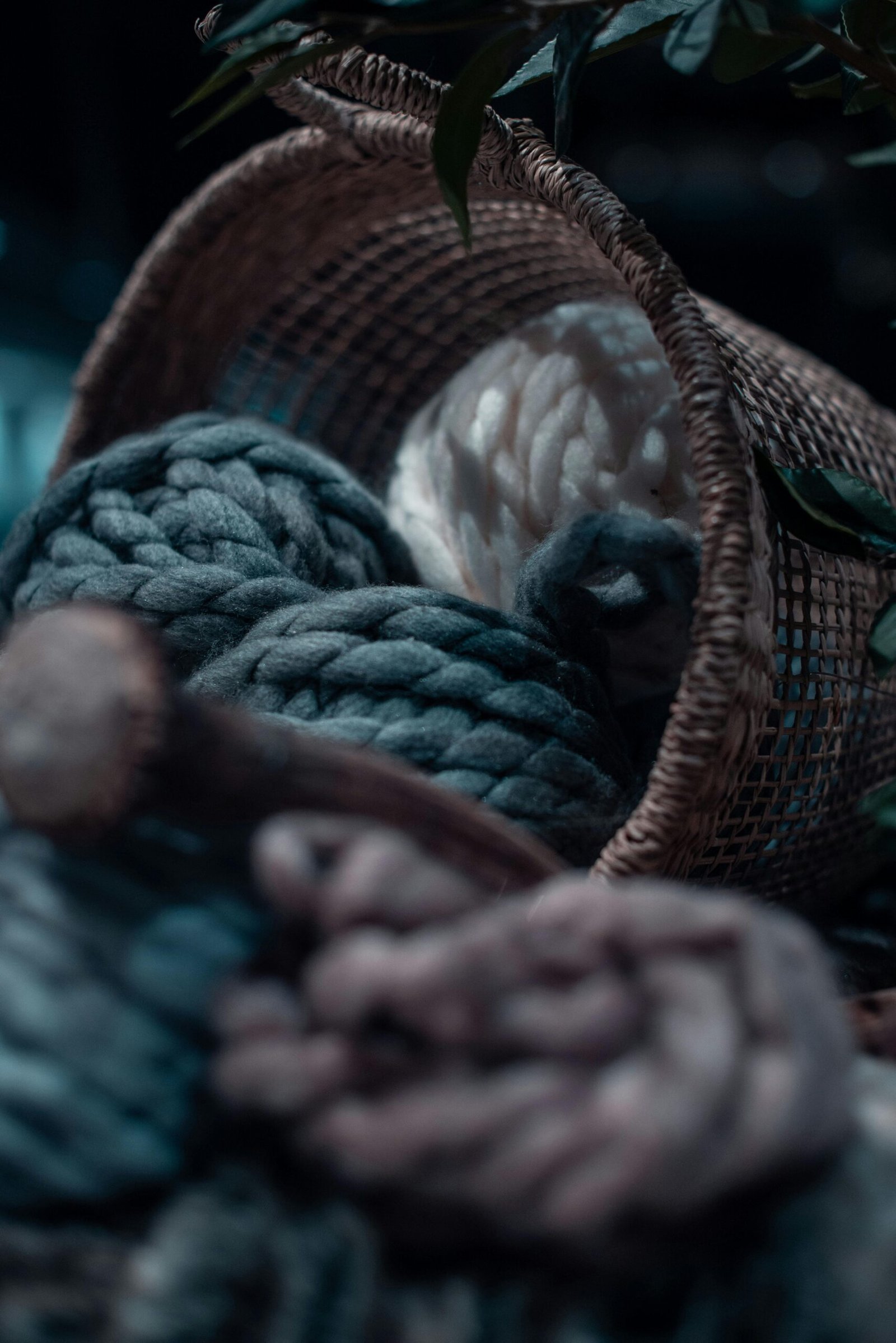
Wool Preparation
The finest wool is hand-spun and washed, ensuring durability and the natural softness of Berber rugs.
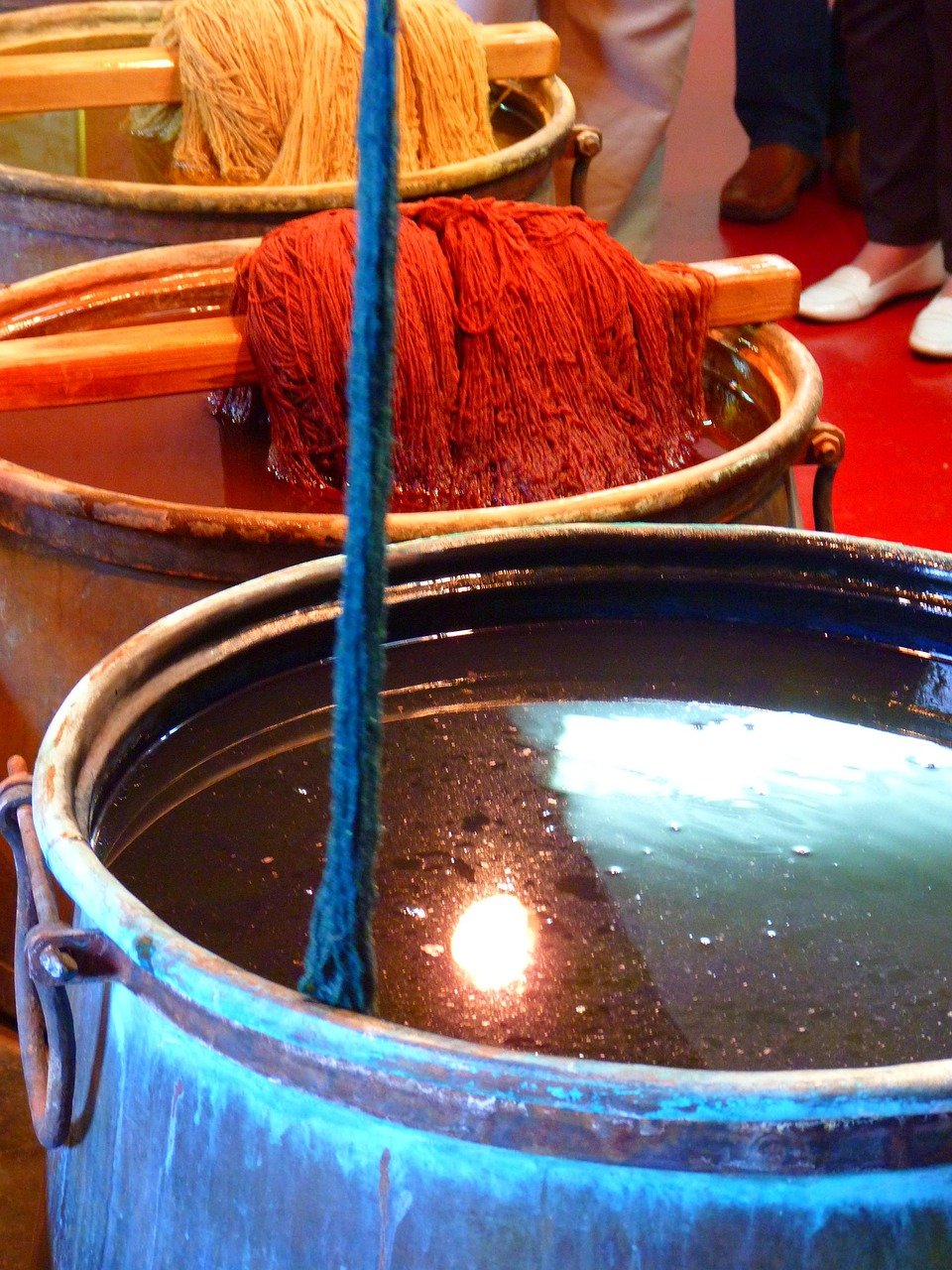
Natural Dyeing
Artisans use plant-based and mineral dyes to achieve vibrant, lasting colors rooted in tradition.
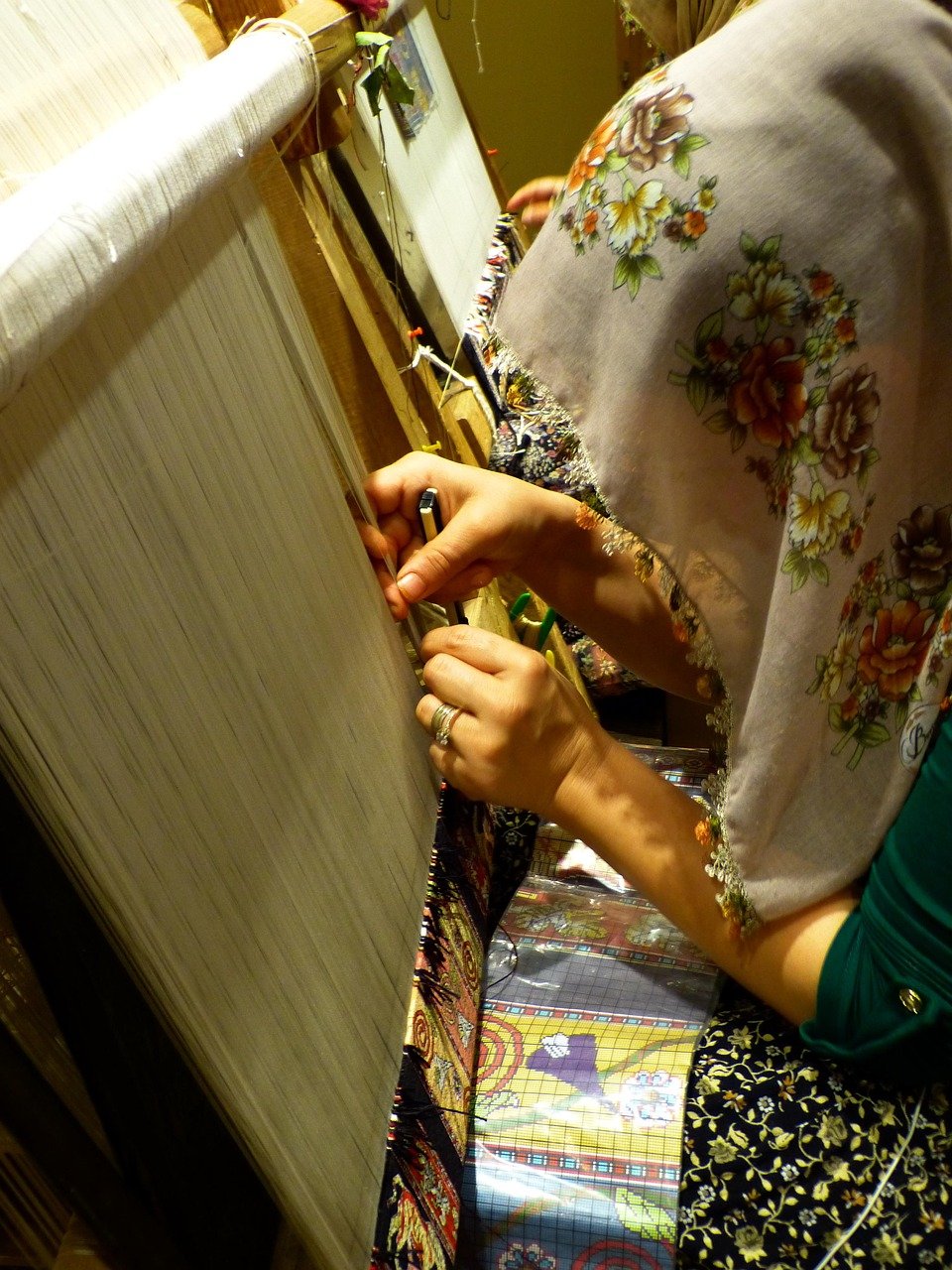
Hand Weaving
Women artisans weave each rug knot by knot, embedding stories, symbols, and heritage into every design.
Berber Carpets: Tradition Woven into Art

Beni Ourain Rugs
Made from pure wool, these rugs are known for their soft texture and minimalist black-and-white geometric patterns, beloved worldwide.
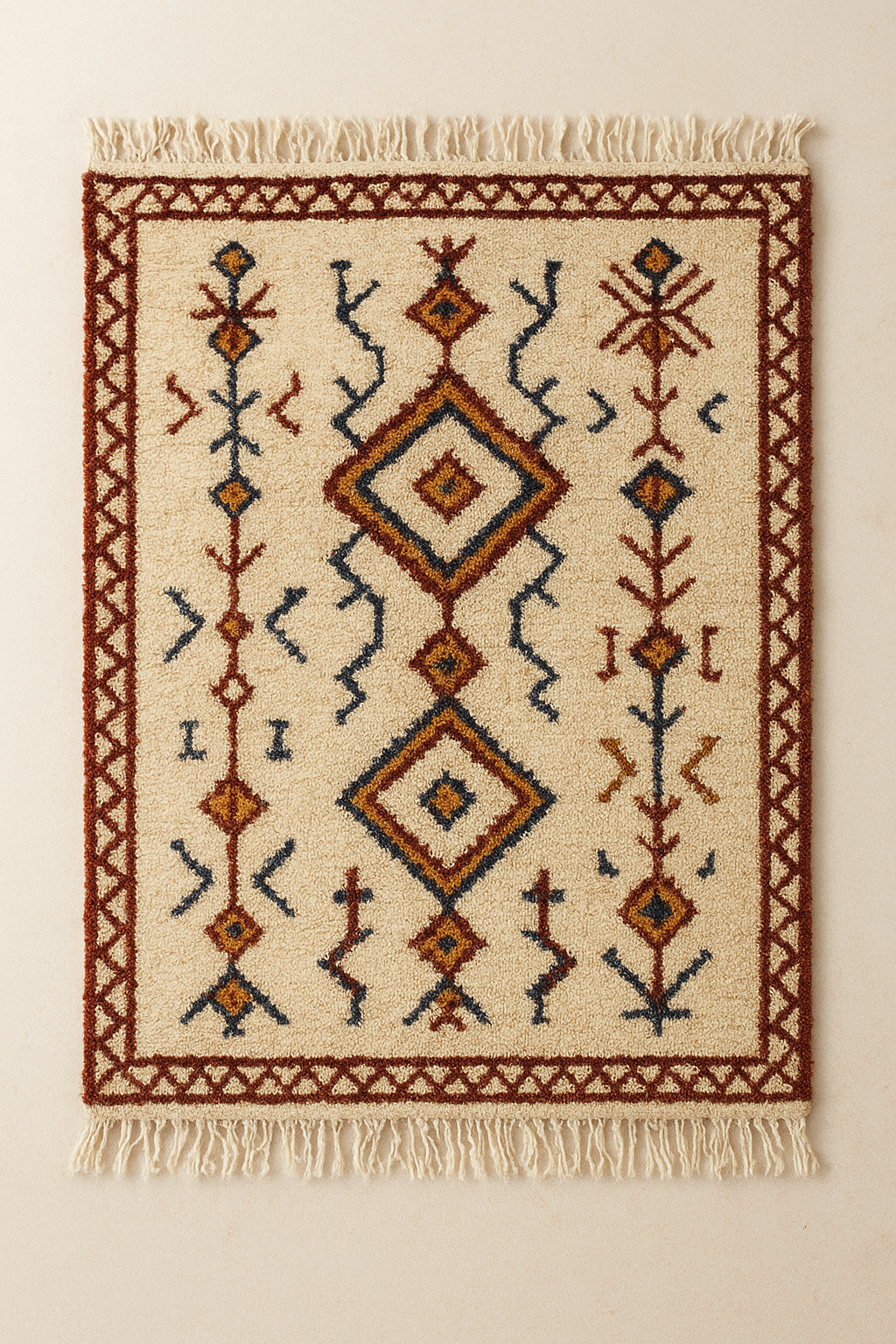
Azilal Rugs
Bright and playful, Azilal rugs combine wool with colorful cotton threads, telling symbolic stories through vibrant patterns.
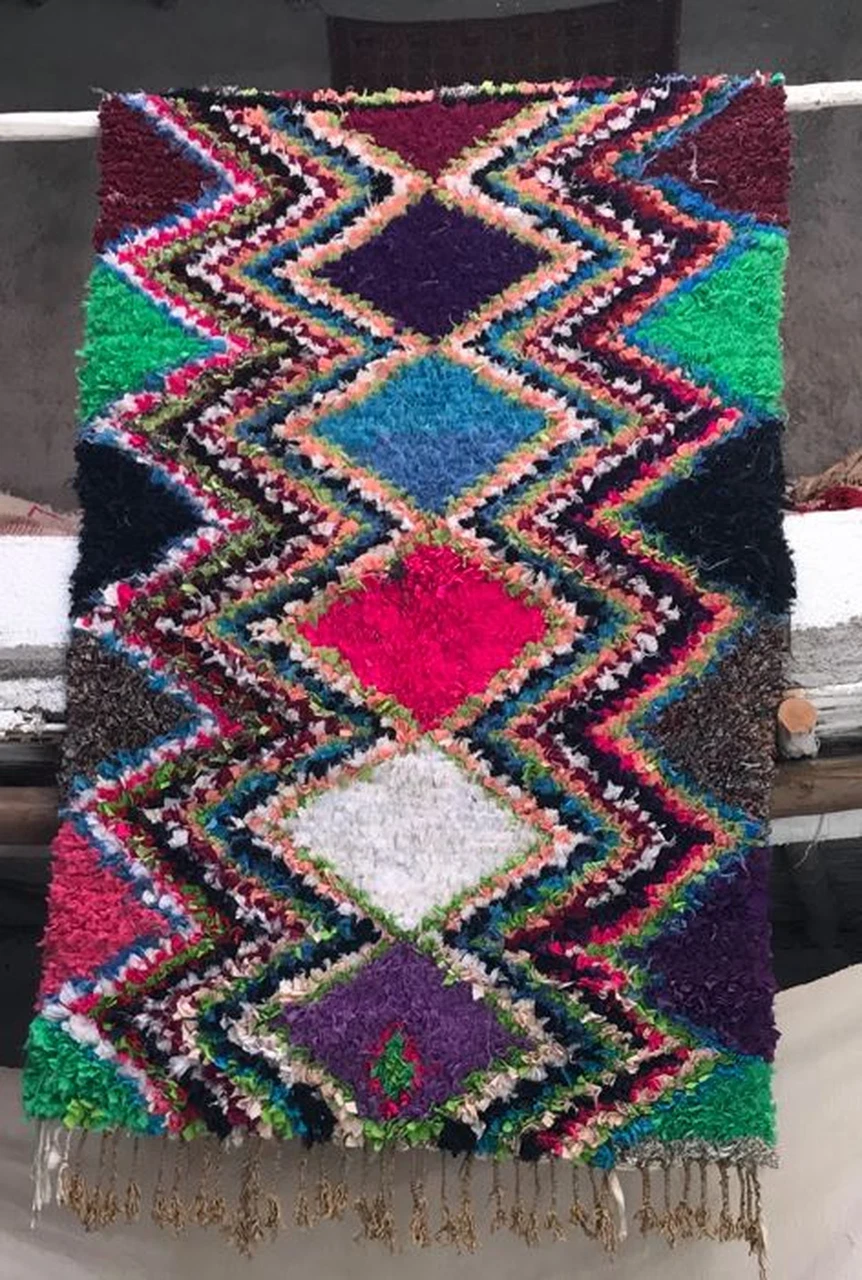
Boucherouite Rugs
Made from recycled fabrics, these eco-friendly rugs burst with color and creativity, each piece a one-of-a-kind artwork.
Quote
“Every rug tells a story — of mountains, tribes, and generations of women weaving their history into wool.”
The most famous Types
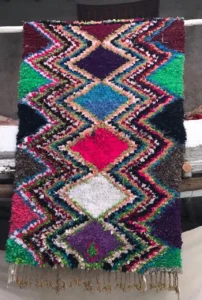
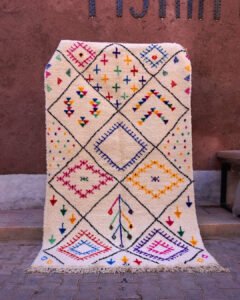
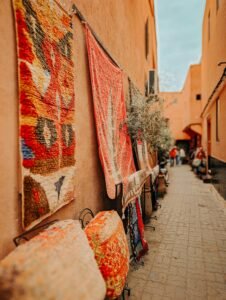
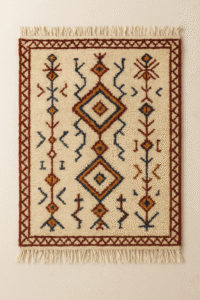
How to Identify Authentic Moroccan Rugs & Carpets
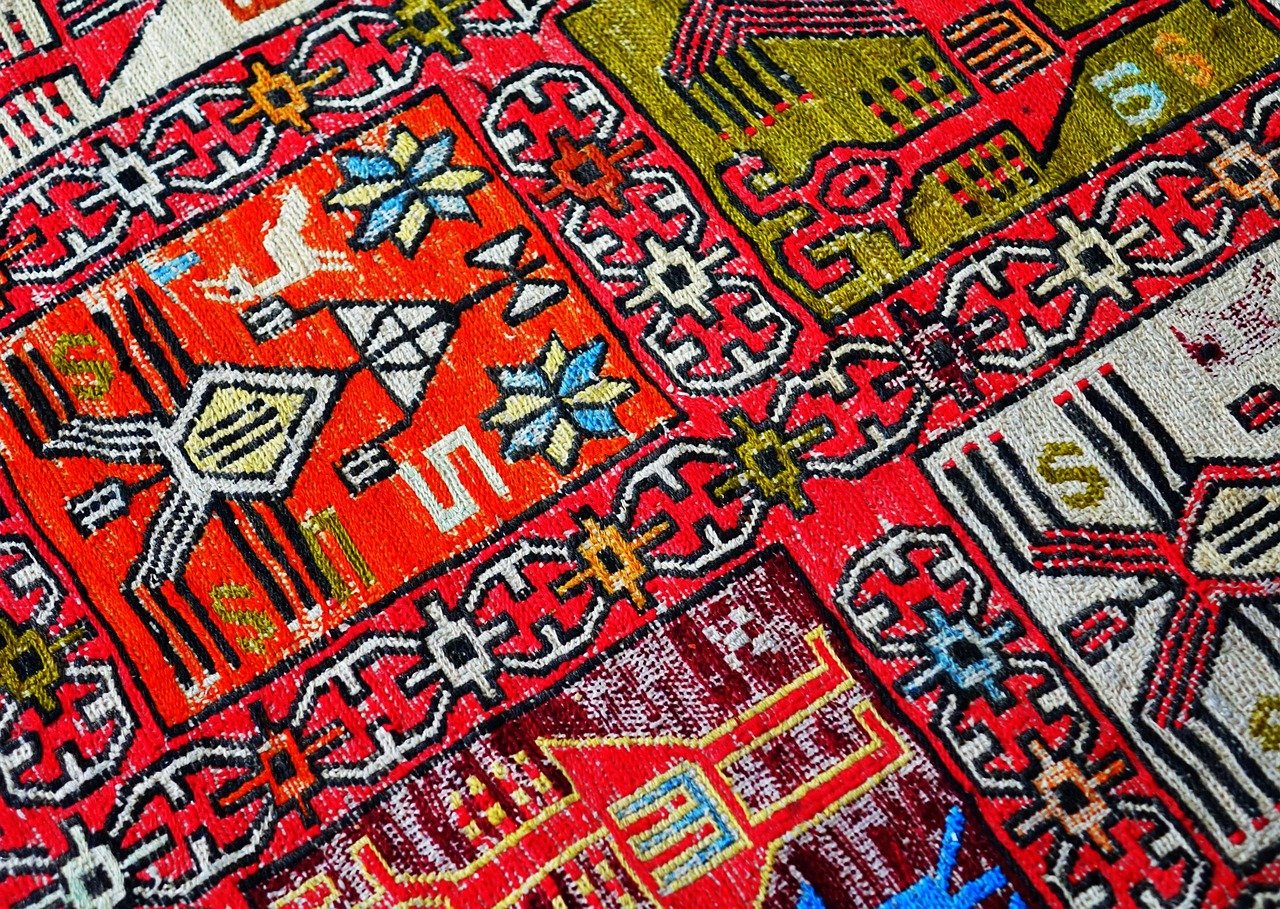
Authentic Moroccan rugs are not just floor coverings—they are a woven story of culture, tradition, and artistry.
- Hand-knotted craftsmanship — each rug takes weeks or months of meticulous weaving.
- Natural wool & dyes — soft textures and earthy tones from plant-based colors.
- Berber symbolism — geometric and tribal motifs that carry cultural meaning.
- Unique imperfections — no two rugs are identical, every piece is one of a kind.
Owning an authentic Moroccan rug means bringing home a timeless work of art made by skilled artisans.
